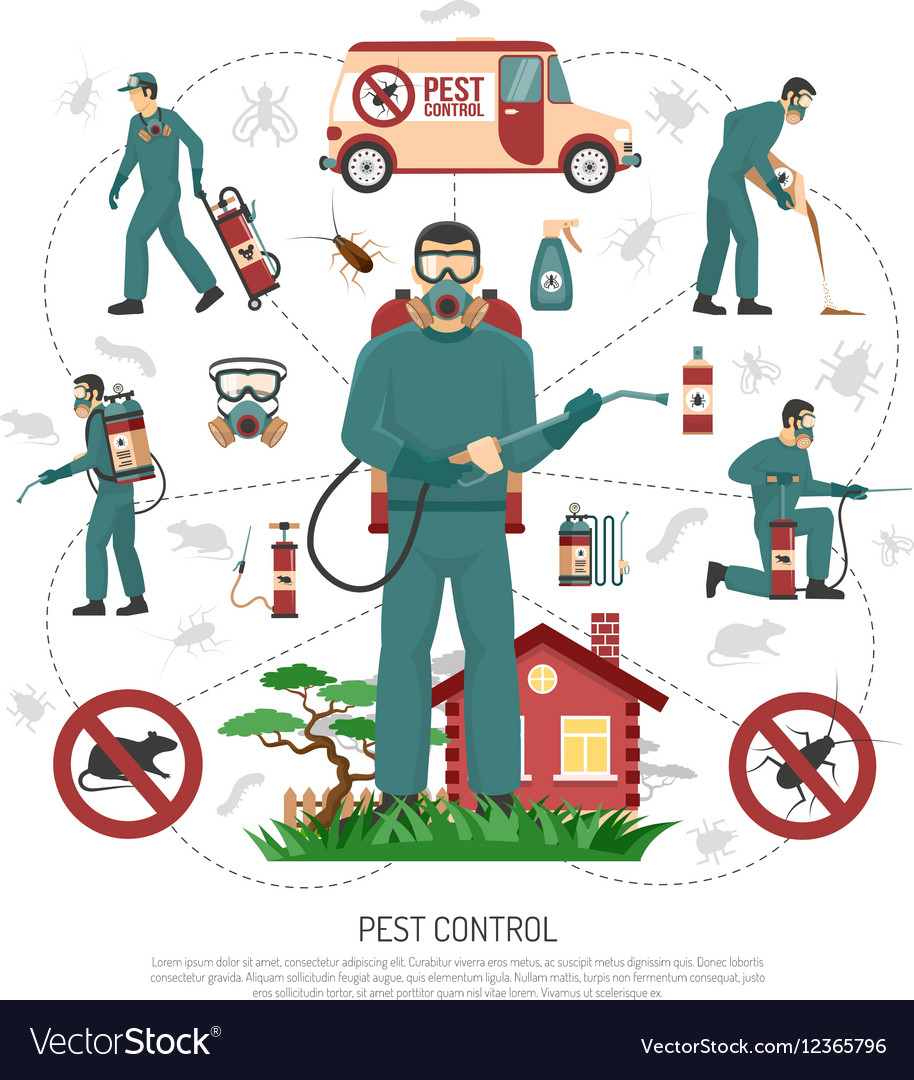Discover The Secrets Of Rodent Behavior And Reinvent Your Insect Control Strategy! Get Expert Understandings Currently And Say Goodbye To Those Bothersome Critters For Good!
Discover The Secrets Of Rodent Behavior And Reinvent Your Insect Control Strategy! Get Expert Understandings Currently And Say Goodbye To Those Bothersome Critters For Good!
Blog Article
Created By-Medina Brun
Envision having the ability to expect the relocations of your challengers in a video game of chess, constantly staying one action in advance.
In the world of insect control, understanding rodent behavior resembles having that critical advantage. By getting expert insights into the nesting routines, feeding patterns, and interaction and social behavior of rodents, you can properly fight these pesky animals.
But how exactly do rodents act, and why is it essential to know? In this discussion, we will unravel the mysteries of rodent behavior, providing you with useful knowledge that will help you stay in advance in the battle against insects.
Are you ready to discover the tricks of these cunning animals?
Nesting Behaviors
To comprehend rodent behavior and successfully control parasites, it's important to acquire insight right into their nesting practices.
Rodents, such as computer mice and rats, have a natural instinct to find shelter and create nests where they really feel safe and safe. These nests serve as their homes, reproducing grounds, and storage areas for food. Comprehending their nesting habits can aid you identify prospective locations of invasion and execute targeted control procedures.
Rats typically like nesting in dark, private spaces, such as attics, cellars, crawl spaces, and wall gaps. They utilize products like shredded paper, textile, insulation, and also chewed-up electrical wires to build their nests.
Feeding Patterns
Rodents display distinct feeding patterns that play an important function in their habits and can educate reliable pest control approaches. Understanding these patterns is important for executing successful bug control steps.
Rats are opportunistic feeders, indicating they'll eat whatever food is readily available. local pest control companies near me 've a preference for high-calorie foods such as grains, nuts, and seeds. This is why correct storage of food and waste monitoring are essential in avoiding rodent infestations.
Additionally, wasp exterminator are nocturnal, which implies they're most energetic throughout the evening when they search for food. By understanding their feeding patterns, you can purposefully position catches and baits to optimize their efficiency.
Maintaining food resources unattainable and maintaining a tidy atmosphere can aid prevent rodents and lessen the threat of problem.
Communication and Social Habits
Comprehending just how rats connect and communicate socially is critical for effective pest control methods. Rodents, like mice and rats, have complex interaction systems that they make use of to communicate information to each other and coordinate their tasks. Right here are 3 vital elements of rodent communication and social habits:
1. Vocalizations: Rodents generate a large range of singing sounds, including squeaks, tweets, and babbling, to interact with each other. These vocalizations can communicate different messages, such as risk warnings or mating phone calls.
2. Scent marking: Rodents make use of scent glands to leave chemical signals on things and in their environment. These scent marks act as territorial limits and connect information regarding reproductive standing, supremacy, and social affiliation.
3. Social hierarchy: Rats have an ordered social structure, with dominant people having accessibility to sources and preferred nesting websites. Recognizing this pecking order is necessary for targeting bug control efforts and recognizing key people for elimination.
Final thought
So, there you have it - a short glimpse into the fascinating globe of rodent behavior. By recognizing their nesting habits, feeding patterns, and communication, we can much better take on the concern of pest control.
Did you know that a female mouse can generate as much as 10 clutters each year, with each litter containing around 5-6 dogs? This amazing fact highlights the significance of punctual and efficient insect monitoring to avoid rodent populations from spiraling out of hand.
